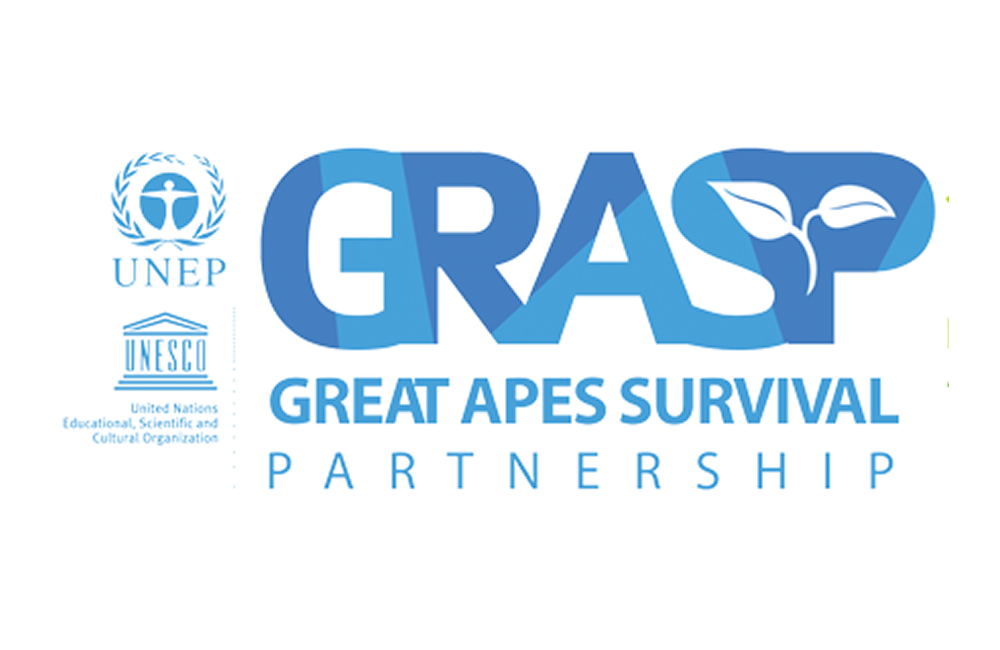Despite the dedicated efforts of many individuals and organizations, great apes are on the very edge of extinction. In May 2001, in response to the current crisis, Dr. Klaus Toepfer, the Former Executive Director of the United Nations Environment Programme (UNEP), launched GRASP – a new approach to save the great apes and their habitat. Through intergovernmental dialogue and policy making, conservation planning initiatives, technical and scientific support to great ape range state governments, flagship field projects and fund and awareness raising in donor countries, GRASP has a unique role to complement existing great ape conservation efforts.
In September 2002, joined by the United Nations Educational, Scientific and Cultural Organization (UNESCO), GRASP was registered as a World Summit on Sustainable Development (WSSD) Type II Partnership, a multi-sectoral international initiative. The GRASP Partnership is a dynamic alliance bringing together governmental and intergovernmental, UN institutional, non-governmental, scientific and academic foundations, local community and private sector interests. By capitalizing on close links with governments through the UN, the GRASP Partnership can promote its message at the highest political levels. As such, it is uniquely placed to inform policy makers, to mobilize and pool resources for effective action, to ensure maximum efficiency and provide a communication platform in order to bring the decline of great ape populations to a halt.
The endangered great apes share their habitat with millions of people in West, Central and East Africa and in Southeast Asia. The majority of these people live below the poverty line. The need to link the welfare of humans and wildlife is recognized as central by the GRASP Partnership.
The overall goal of GRASP is, as an immediate challenge, to lift the threat of imminent extinction facing most populations of great apes, namely gorillas, chimpanzees, bonobos and orangutans, and, beyond that, to conserve in their natural habitats wherever they exist, wild populations of all species and subspecies of great ape, and to make sure that, where they interact with people, those interactions are mutually positive and sustainable. GRASP also seeks to exemplify and relieve the threats faced by other kinds of animals, birds and plants sharing the habitats of apes and to illustrate what can be achieved through a genuine partnership between all stakeholders in fragile ecosystems.

Leave a Reply